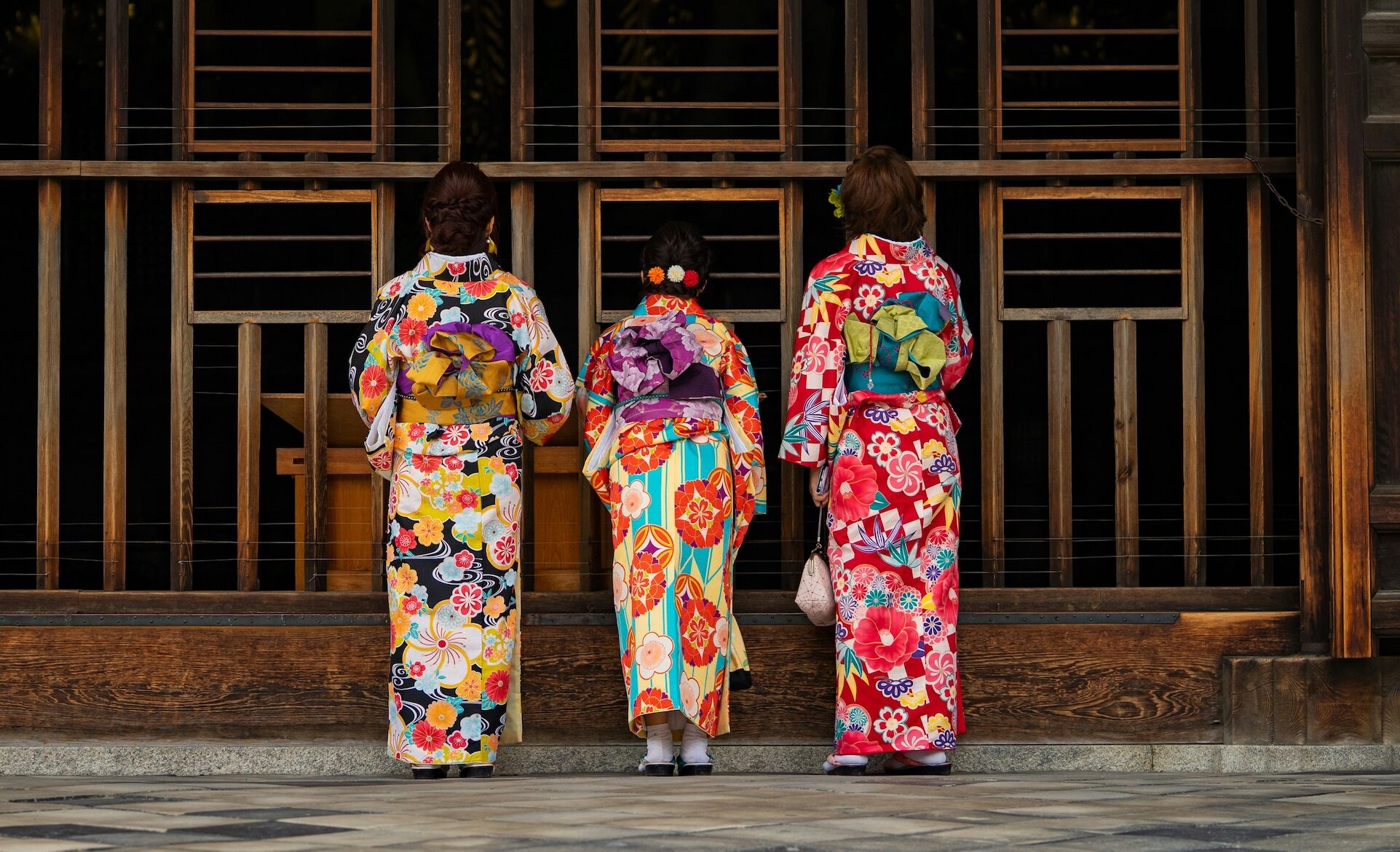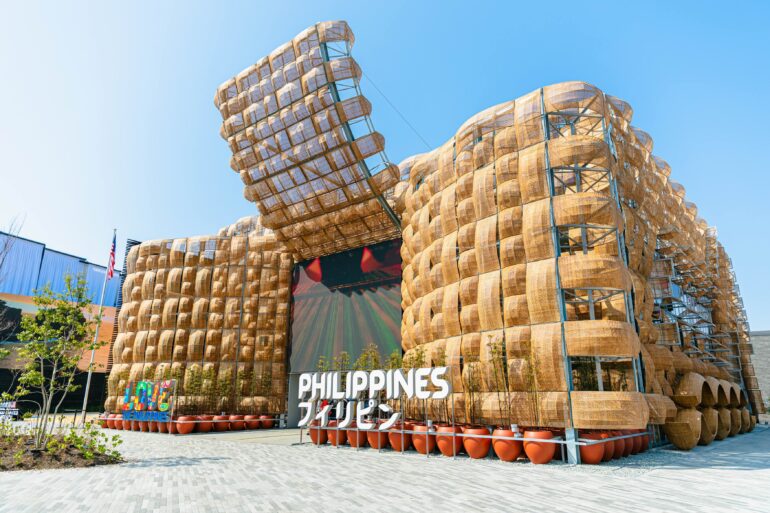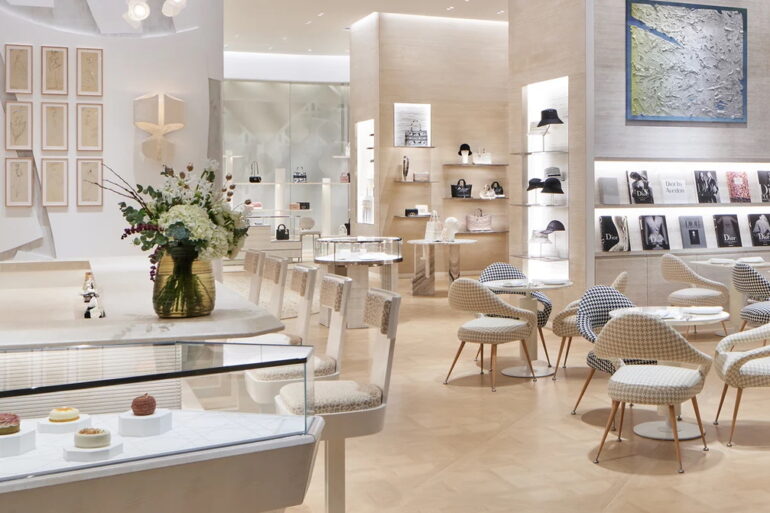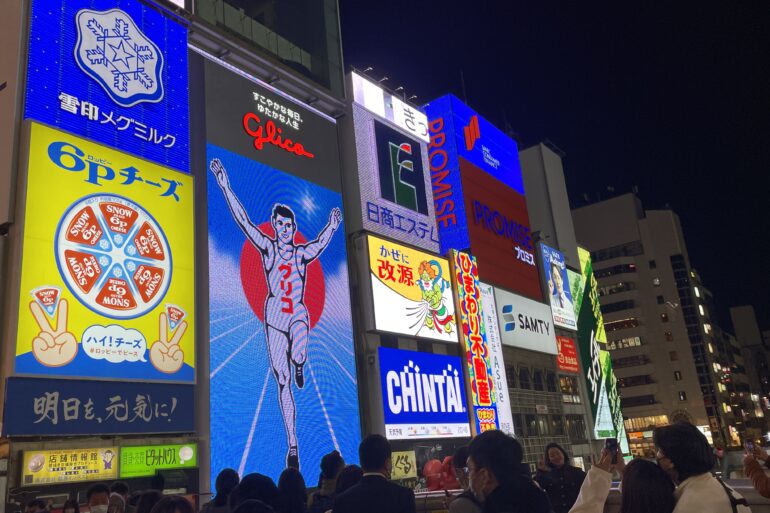“Secrets of the Kimono: The Advent of Yuzen Dyeing” focuses on kimonos from the mid-Edo period onwards, specifically those made using the yūzen dyeing technique.
There’s always something exciting going on for everybody in Japan. Whether you’re interested in Japanese traditional arts or pop culture, food or fashion, there’s most certainly something new and interesting going on in our neighbor to the north.
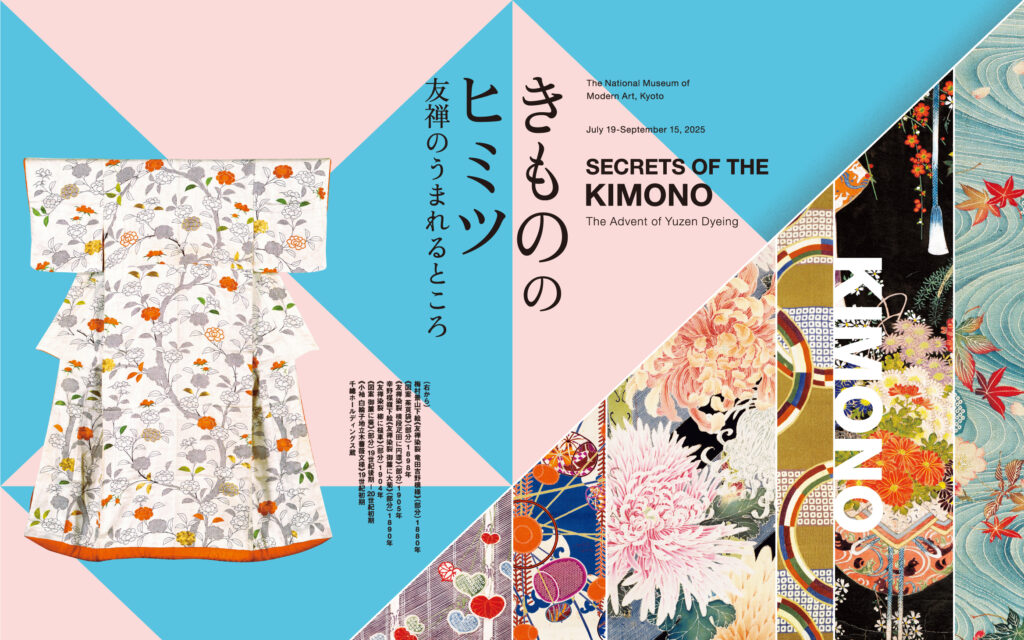
Speaking of fashion, if there’s one article of clothing most closely associated with Japan, it’s the kimono. Elegant, vibrant, and steeped in history, the kimono rightfully is a source of pride among the Japanese. If you happen to be a fan of this traditional garment that has over a thousand years of history tucked under its belt—or should I say obi—and you’ll be traveling to Japan soon, then you’re one lucky human!
Last July 19, an exhibition titled “Secrets of the Kimono: The Advent of Yuzen Dyeing” opened at the National Museum of Modern Art, Kyoto, in the city’s Sakyo Ward. According to the exhibit’s official site, it focuses on kimonos from the mid-Edo (early modern to modern) period onwards, specifically those made using the yūzen dyeing technique.
Related story: New Pokémon park to open near Tokyo and Kawasaki next spring
Related story: EXPLAINER: What to know about Japan’s revised visa application process for Filipinos
But first, what is ‘yūzen dyeing’?
Yūzen dyeing (yūzenzome) is one of Japan’s best-known traditional dyeing processes. Its history can be traced back to the 17th century, with Miyazaki Yūzen, a fan painter who is widely credited for perfecting the technique.
It involves drawing designs on white fabric with a paste resist before dyeing. The paste prevents dyes from bleeding into each other, resulting in sharp color separations and ornate patterns.
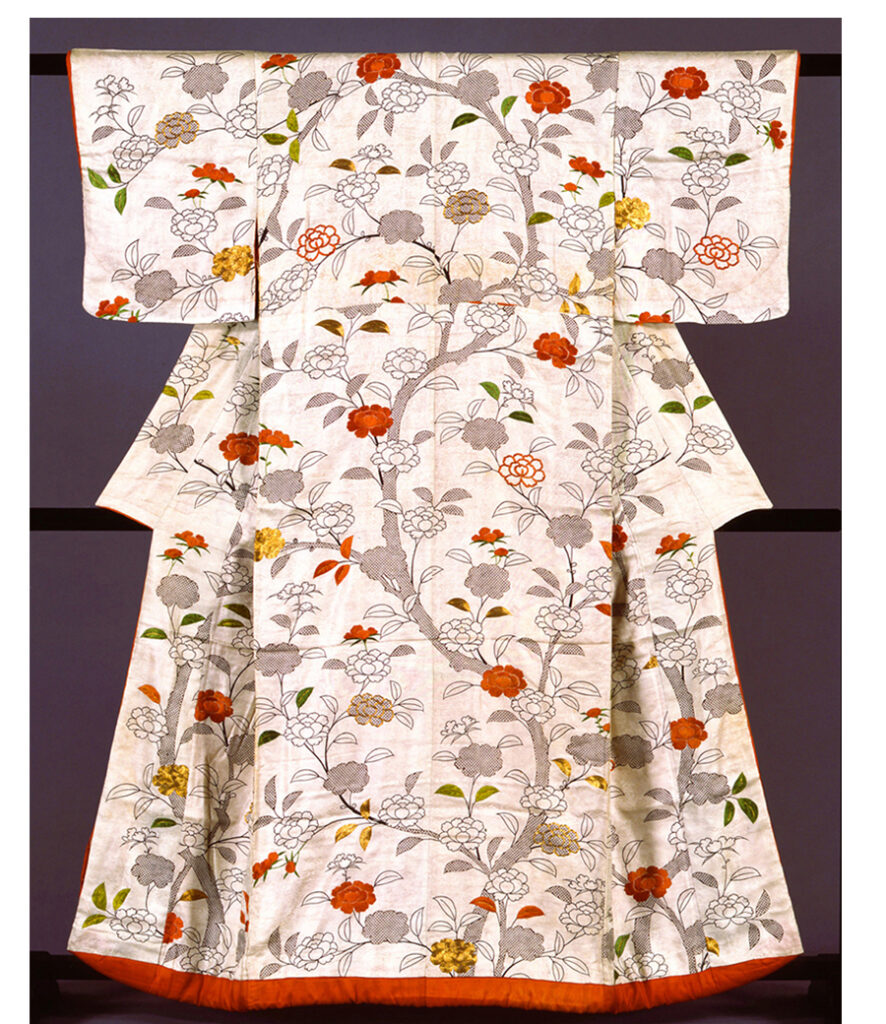
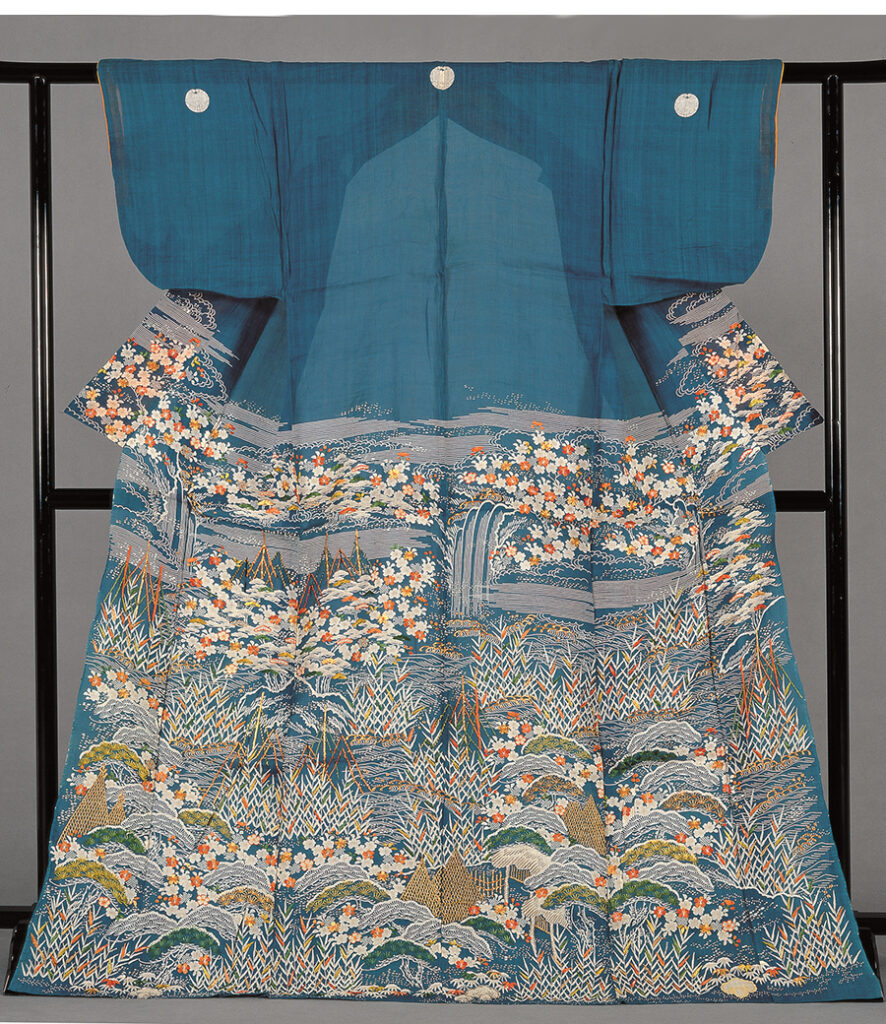
early 19th century
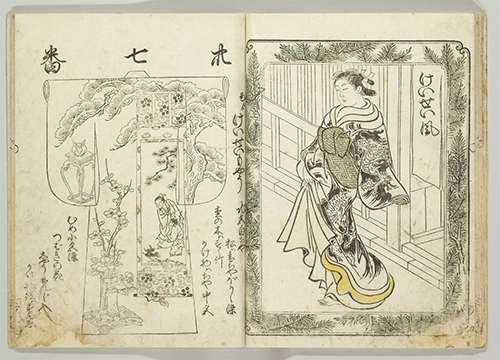
It is quite a tedious process, which starts with the fabric cut into the shape of a kimono. An outline of the design is drawn on the cloth using the blue dye of the Asiatic dayflower (aobana), which can be washed away without leaving a trace. A paste resist is then applied over the lines of the outline, creating masked-off areas that prevent the colors from mixing with each other. The design is thereafter dyed.
Finally, the paste resist is washed away, leaving behind fine white lines of undyed fabric where the resist was applied. This style of yūzen is known as itome yūzen or line yūzen. There’s also sekidashi yūzen, where the paste resists are applied broadly across the fabric to create designs sans the white lines. Regardless of the style, kimonos dyed using the yūzen technique are known for their colorful and intricate picture designs that seem to be paintings in kimono form.
Related story: Japan eyes travel tax hike in latest move against overtourism
Related story: Visiting Japan? Dinner in the Sky will take your dining experience to greater heights
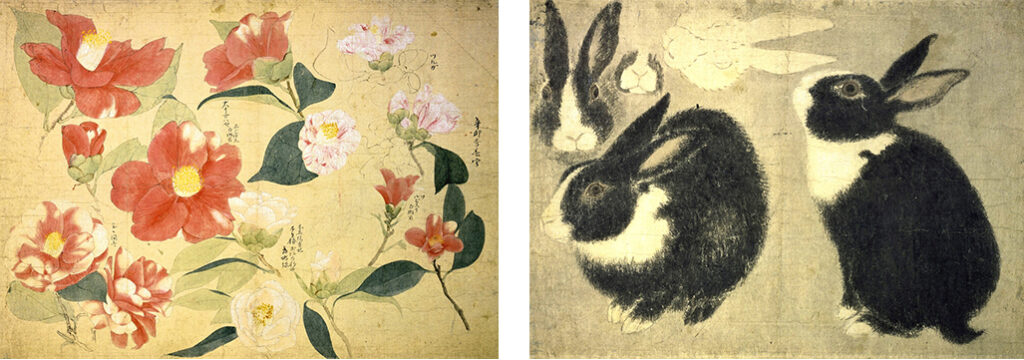
A last note on kimonos: It goes without saying that these wearable pieces of art have undergone numerous transformations over the many centuries. One thing, however, remains the same—in the process of turning a flat, one-dimensional sketch into a dyed design, adjustments are made always with the assumption that the garment will become three-dimensional when worn. It is here that the “secret” of the kimono lies.
Over 260 stunning kimono masterpieces
“Secrets of the Kimono: The Advent of Yūzen Dyeing” features about 260 kimonos and related materials from the collection of Chiso Holdings Co., a renowned kimono firm known for its Kyo-yūzen, a Kyoto-style yūzen dyeing technique.
Visitors can view masterpieces such as a kosode (short-sleeved kimono) with patterns all over the cloth. There’s also one named “Yūzen Kimono, ‘Glorious Blossoms’” (1985) by Kako Moriguchi, a Yūzen-dyeing artist designated as a living national treasure.
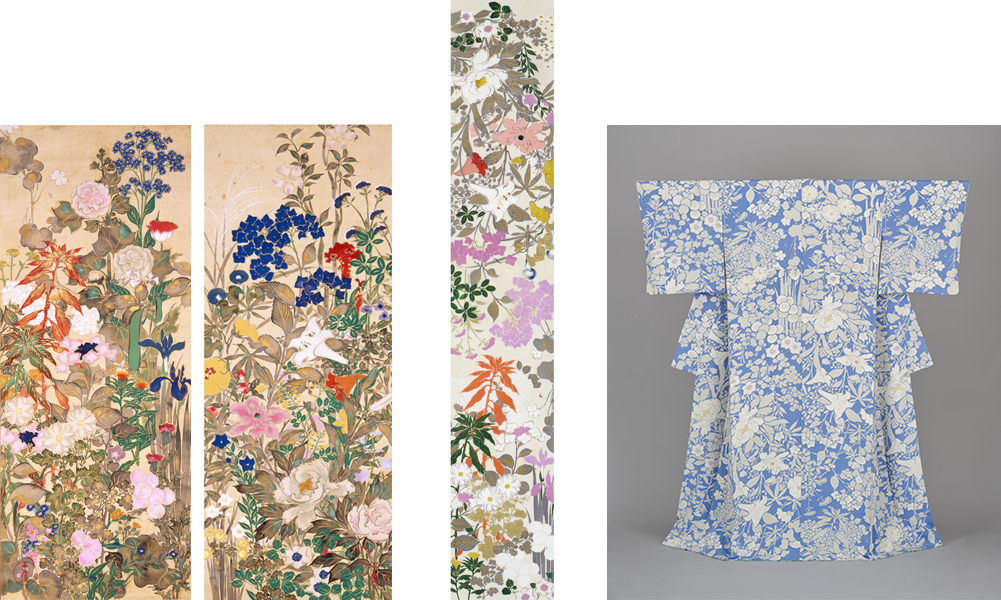
The exhibit is divided into four “chapters,” each with its own theme. Chapter 1: “Between the Plane and the Three-dimensional,” for instance, puts the spotlight on fine examples of early modern kimonos and sample books of kimono patterns.
Chapter 2: “Japanese Paintings, Sketches, and Dyed and Woven Designs from the Kyoto Art World,” features painters’ dyed sketches that breathed new life into Yūzen designs in Kyoto from the Meiji period onwards. Also scheduled to be part of this section are Kishi Chikudo’s “Otsu Karasaki” and “Plum Blossoms,” which have been newly registered as Important Cultural Properties of Japan. Their inclusion in the exhibit marks their first public viewing since having been bestowed the designation.
Chapter 3: “From Designs to Dyed Textiles Drawn Designs and Dyed Designs” introduces the process of transforming a flat design into what we know as the three-dimensional fabric of a kimono garment. Visitors will also see kimono trends from the Meiji period to the present day, and how popular designs were shared among craftspeople outside of the dyeing and weaving world.
Related story: Oh deer! Nara’s sacred deer on the brink of losing their protected status
Related story: Kyoto is not a theme park! Local gov’t pushes back against badly behaving tourists
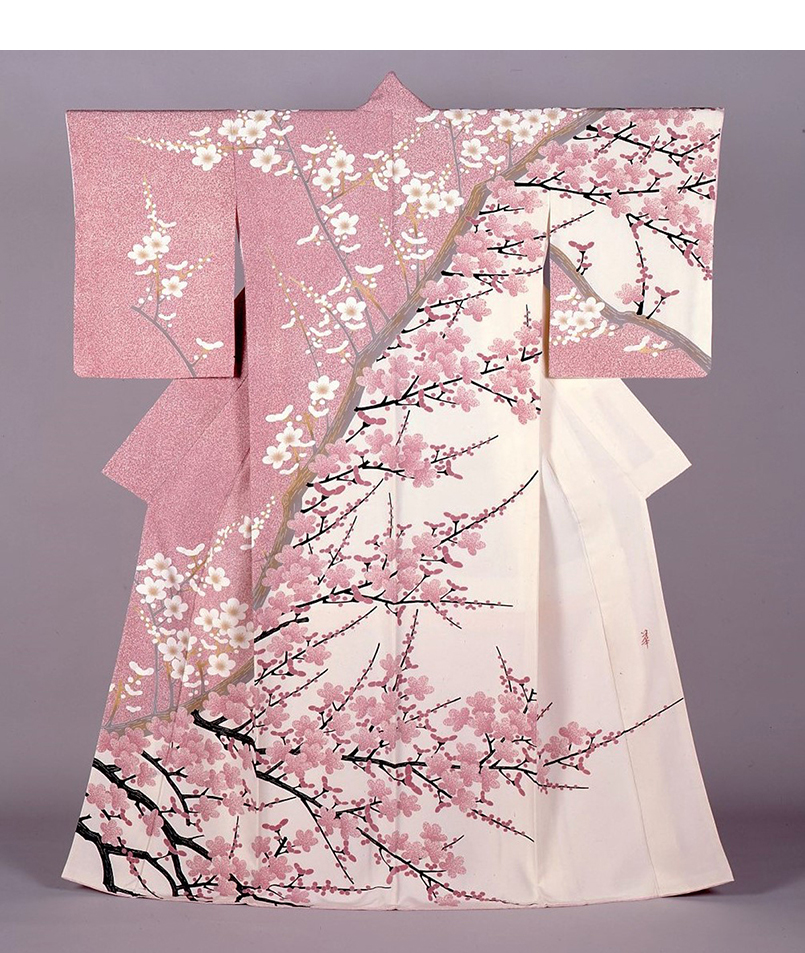
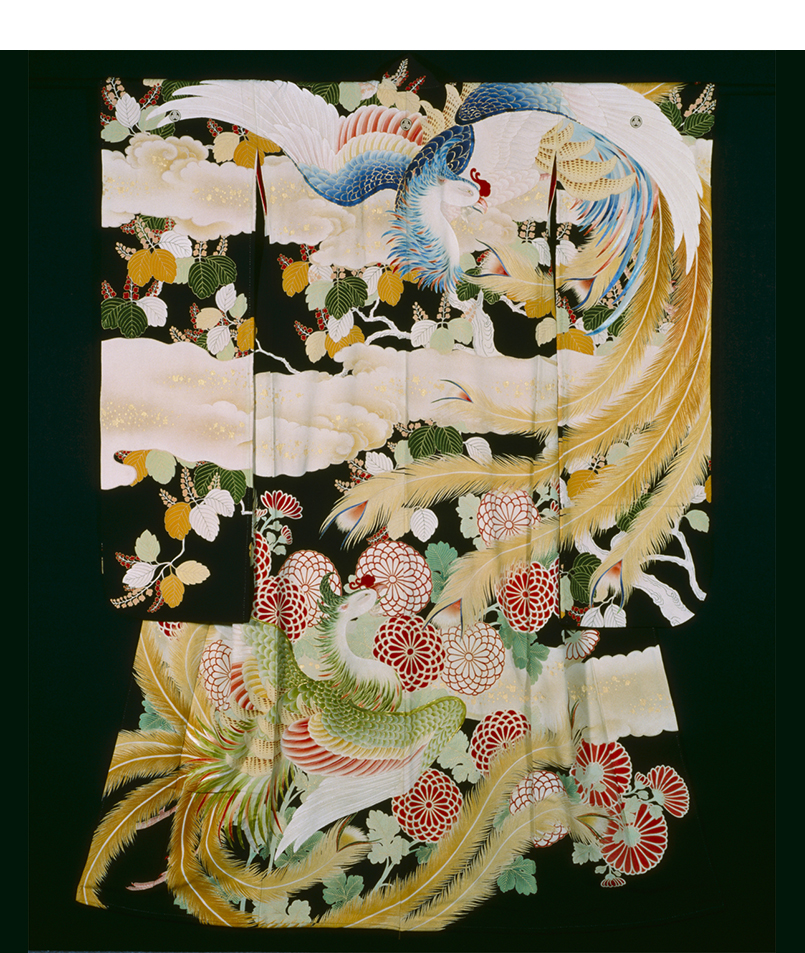
Lastly, Chapter 4: “Between the Three-dimensional and the Two-dimensional: Living National Treasures of Kyoto’s Yūzen,” highlights the works of five Living National Treasures of Kyoto’s yūzen art, while looking into the relationship between the flatness and three-dimensionality of kimonos.
“Secrets of the Kimono: The Advent of Yuzen Dyeing” runs until September 15, 2025. Admission is at ¥2,000 (P772) for adults, ¥1,300 (P502) for university students, and ¥600 (P231) for high school students. The exhibited items are periodically replaced. For more information, you can visit the exhibit’s official website.
Related story: Some businesses in Japan now charging tourists more in recent push against overtourism
Related story: Seoul fights back against overtourism at the historic Bukchon Hanok Village

